Privatization trends in Angola
The current impact of privatization on the development and diversification of Angola's infrastructure.

By Mukund Dhar, Africa Interest Group Leader
As we publish this report in September 2020, amid global concerns about the COVID-19 pandemic, its crushing human toll and economic cost and the profound uncertainties all around, we see an increasing focus – internationally, nationally and for many of us at a personal level – on planning for the future and taking steps towards recovery and growth in a with- or post-COVID-19 world.
A carefully calibrated re-opening of our economies is necessary not only to save lives today but also to ensure growth and prosperity, while protecting and enhancing lives in the decades to come. With this in mind, and with an eye on trying to understand and find opportunity in a with- or post-COVID-19 future, we present this fifth edition of Africa Focus.
We begin this issue with "Privatization trends in Angola," which describes several initiatives to develop and expand infrastructure in Angola, including by implementing frameworks for private investment in major Angolan projects. Next, "Sovereign debt relief proposals" tackles the significant economic and fiscal challenges to implementing much-needed debt relief in Africa, particularly given the economic impact of COVID-19.
"International project finance and currency reforms in West and Central Africa" sets out current and anticipated reforms to harmonize business laws, revise foreign exchange regulations and introducing a new currency in many of the Francophone nations, and in "World Bank and African Development Bank increase their financing and anticorruption enforcement," our lawyers highlight the importance of continuing to pay attention to sanctions and debarment risks when participating in new coronavirus-related financing opportunities.
"Africa's mines of the future: COVID-19 and ESG issues" explains how businesses can attract investors and customers in a post-pandemic world by demonstrating their environment, social and governance achievements, especially in context of the twin challenges of COVID-19 and climate change.
"Institutional arbitration in Africa: Opportunities and challenges" explores the continuing increase in arbitration options and caseloads across Africa, and "Nigeria's LNG Train 7 project breaks new ground" shows how oil & gas projects in Africa with strong fundamentals can continue to raise debt even in a volatile market.
Finally, "Looking to a future beyond oil" examines plans to transfer nearly 200 state-owned enterprises and assets in Angola to private investors over the next few years.
We welcome any ideas for further exploration in our upcoming issues. In the meantime, we hope this issue of Africa Focus continues to add to the constructive brainstorming around opportunity and investment in Africa.
The current impact of privatization on the development and diversification of Angola's infrastructure.

Economic and fiscal challenges of implementing debt relief in Africa.

Harmonizing business laws, a revised foreign exchange regulation and introducing a new currency.
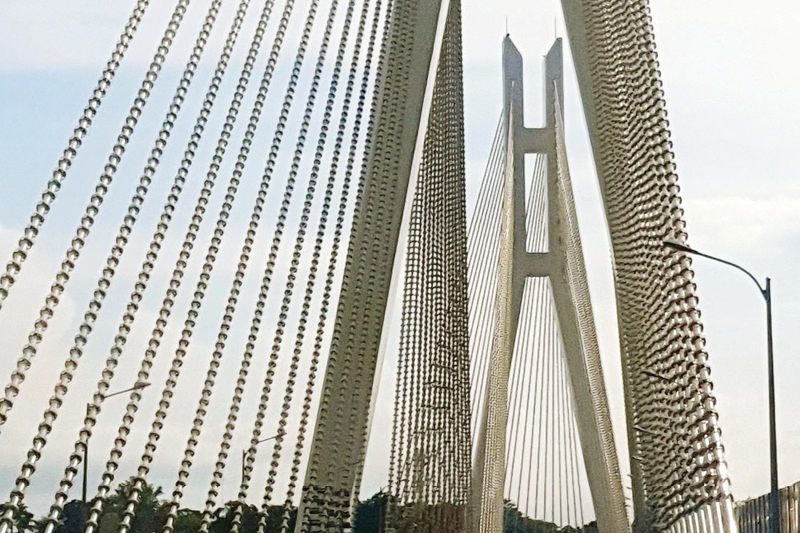
Pay attention to sanctions and debarment risks amid new COVID-19 financing opportunities.
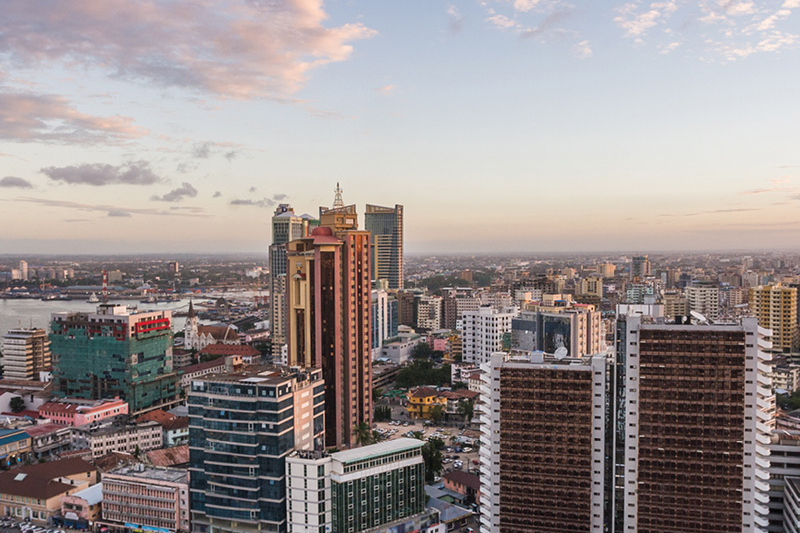
Companies that achieve ESG objectives are more likely to attract investors and customers in a post-pandemic world.
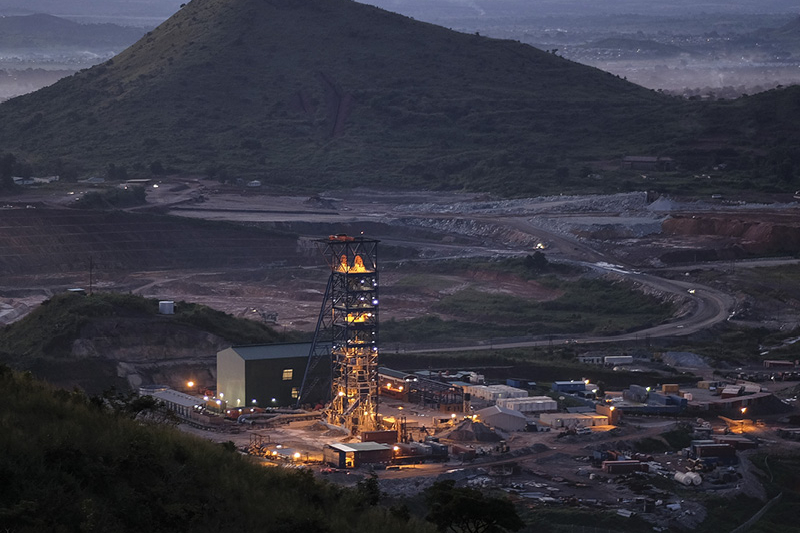
Africa’s arbitration options and caseloads continue to rise.
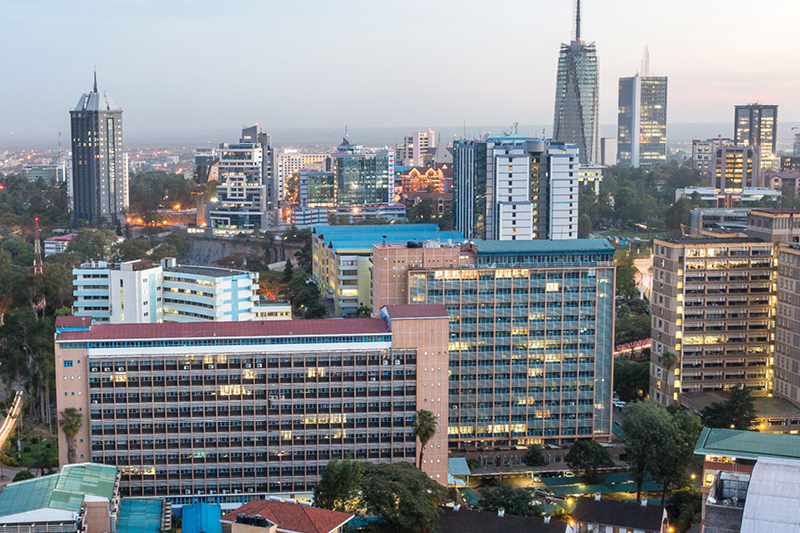
A US$3 billion financing amid a volatile market shows oil & gas projects with strong fundamentals can continue to raise debt.
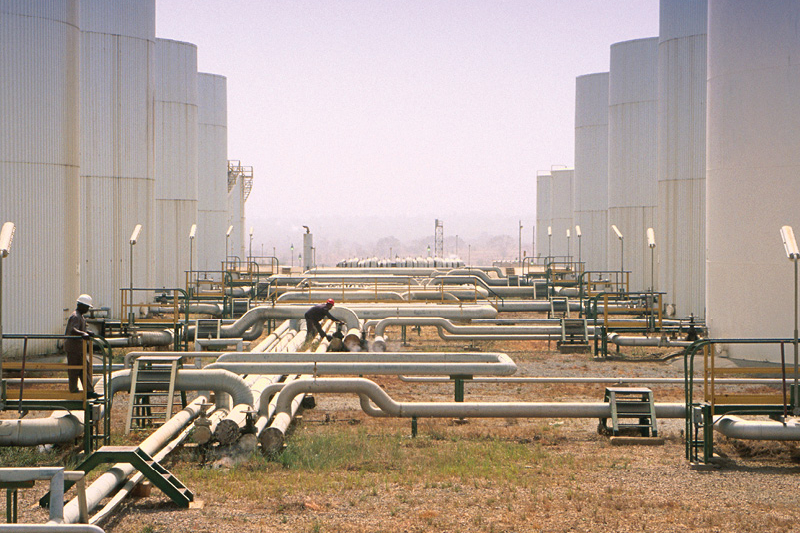
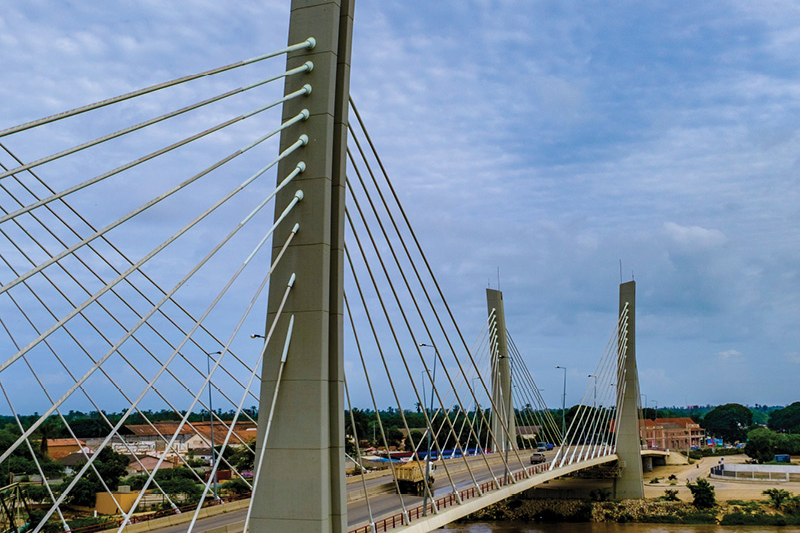
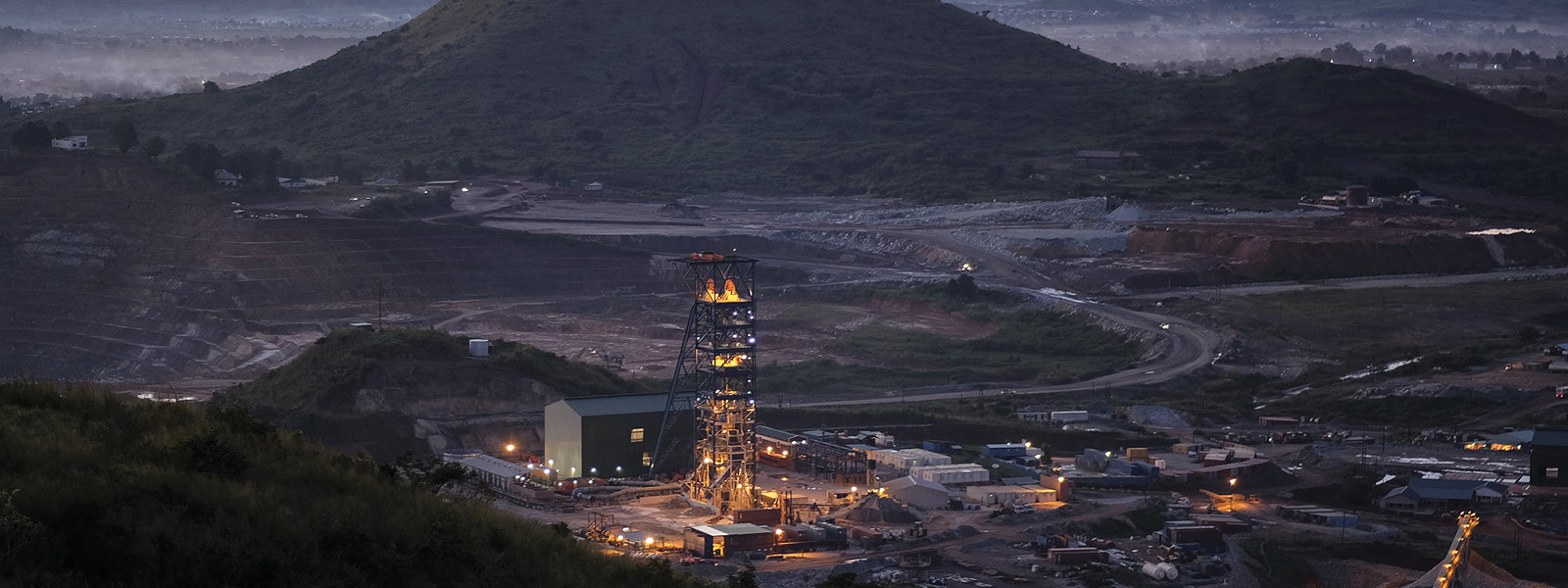
Companies that achieve ESG objectives are more likely to attract investors and customers in a post-pandemic world.
Mining is one of Africa's most important industries. In recent decades, mining has been a major driver of improved socioeconomic indicators across the continent (Figure 1).
Over the past 20 years, state-owned Chinese banks have been important investors in developing Africa's mines and supporting infrastructure.2 The COVID-19 pandemic and the associated global economic downturn may likely restrict this flow of funds to Africa in the short- to medium-term, thus reducing mineral exploration, the development of new mines3 and limiting the development of major logistical infrastructure intended to facilitate the delivery of African minerals to world markets.4 The latter includes the "Belt and Road Initiative" involving crucial infrastructure projects in sub-Saharan Africa.5
However, reduced mining development might not be bad news for everyone. It may even create new opportunities for existing mining operations, particularly those supplying copper, chromium, molybdenum, lithium, graphite and cobalt, which are expected to be in high demand to develop clean energy generation and storage technologies.6 As demands for these minerals increase, supply may be constricted due to these exploration and development constraints.
Provided they are able to survive the economic recession following COVID-19, the future looks bright for these mining operations when the global economy begins to recover.
What must Africa's mining operations do to survive and reap the rewards of a post-COVID-19 mineral demand? One component of the answer is found in environment, social and governance (ESG) issues.
An increased focus on ESG issues was already well established before the COVID-19 outbreak, particularly in the mining sector.7 The International Council of Mining and Metals (ICMM) launched the Mining Principles (which resemble, in some respects the UN Sustainability Goals), focusing on various ESG objectives, including biodiversity, diversity, pollution and waste, human rights and mine closure.8 At the same time that the ICMM introduced the ESG mining standard, two significant global events occurred:
These events reinforce a shift in the social license to operate. The relationship between a mine and the host community now requires companies (and the company group) to demonstrate supply chain integrity and transparency.11
This form of product-provenance is familiar to the diamond mining market under the Kimberley Process. Similarly, greenhouse gas emissions and water scarcity have compelled companies to adopt green procurement measures to ensure that their products are sourced sustainably and with a lesser impact on the environment. However, in a post-COVID-19 world, customers, suppliers and investors are more likely to insist that mining operations demonstrate that they are taking measures to improve diversity, promote and protect human rights, reduce their carbon footprint and establish more stringent measures that protect employees from occupational diseases and pandemics.
Mining companies that demonstrate their ESG objectives are achieved (or at least achievable) are more likely to attract investors and customers, while those that do not adapt may be unsupported in the future, notwithstanding their mineral deposits,
With this in mind, here are some opportunities and risks that mining operations should consider.
The World Economic Forum's Global Risk Report12 identified water scarcity and the failure to adapt to climate change as the two greatest risks to the global economy. The report highlights that extreme weather events may:
In addition to these possible physical risks arising from climate change events, mining operations may also experience "transition risks." These are risks of reputational harm, possible prosecution or loss of business if companies fail to implement measures to reduce greenhouse gas emissions or fail to adequately manage the effects of climate change on the business. In this regard, climate change risk assessments are critical to identify physical and transitional risks at an operational level and throughout the supply and customer chains. It is important for management to understand that both their suppliers and customers are also adopting measures to manage the physical and transitional risks associated with climate change.
A 2017 South African study found that measures to mitigate climate change-related risks were not taken because there was no support from senior management and because climate change-related investments were viewed as an expense that would not generate a return.14 Since that report, perceptions of climate change and ESG issues have shifted significantly. Shareholders are becoming more aware and outspoken about steps taken–or not taken–by directors and managers, including in mining companies. Shareholder activism is becoming commonplace.
Scaling down operations and placing mines under care and maintenance during the COVID-19 pandemic has significantly impacted the economies of countries that rely heavily on mining (Figure 2). At the same time, restarting operations too quickly led to increased infection rates,which caused some mining operations to temporarily close in order to manage the impact on employees.
An obvious strategic step for Africa's mining companies is to focus on technological advancements that reduce the number of underground miners, thus reducing the risk of health and safety incidents. This would mean that when the next COVID-19-type event occurs, mining companies would be less affected, as operations continue remotely, with employees separated by a healthy distance or by screens.
Mining companies that are already considering technologies to improve efficiency may gain further competitive advantages by implementing these in response to government regulations regarding the conditions under which their workforces must operate. However, these technologies come at a cost to employment, and Africa desperately needs employment opportunities. Public-participation processes for prospective mining operations in Africa often include quietly desperate individuals looking to the mine for employment, to help feed their families. Sometimes, and especially if layoffs are looming, desperation leads to tearing up a mine's social license and a revolt against its operations.
Host-community concerns rarely find simple or immediate solutions. In the same way that companies have found technological answers to extract minerals more effectively and use resources more wisely, innovative solutions (possibly from the social sciences) must be developed to improve community engagement processes.16 These include identifying better ways to communicate, understand each other and collaborate to develop sustainable communities that exist independently of any mining operations.
Institutional investors especially are paying more attention to a company's recruitment and human resource policies when making investment decisions.
Diversity is recognized as a source of innovation and agility.17 As the mining industry moves from labor-based to technology-based operations, an opportunity is emerging to enhance gender diversity in an industry that has heavily skewed towards men.
Moving into a fourth industrial revolution will demand additional science, technology, engineering and mathematics (STEM) skills, as mines begin to control their operations using artificial intelligence. This change could increase the risk of cyberattacks on mining operations and result in "prolonged and widespread outages, safety incidents, liability claims and associated legal costs, data clean-up costs, reputational damage, management distraction and physical damage to assets."18 Although STEM fields are typically dominated by men, the mining industry will need to attract women into these fields if they are to enjoy the benefits of diversity.19
It is impossible to predict what future crises will affect the mining industry, although most point to climate change either directly or indirectly. Incorporating ESG risks and benefits into corporate strategies can help mining companies enjoy the benefits of technology, diversity and sustainability while building resilience and agility against future challenges.
At their core, these initiatives are driven both by investor-shareholder sentiments and legal compliance obligations. Mining laws are undeniably evolving across Africa. In what has been termed a "fourth generation" of mining codes in Africa,20 the law of the jurisdiction in which a mine is located will likely become the minimum required standard informed by various international ESG guidelines and codes such as the Global Mining Initiative, the Extractive Industries Transparency Initiative and the Voluntary Principles on Security and Human Rights.
While the law lags behind, there are economic opportunities for companies that take steps now to stay ahead of their competitors.
1 Ericsson, M. and Löf, O. (2019). Mining's contribution to national economies between 1996 and 2016. Mineral Economics (2019) 32:223–250
2 Simone Liedtke China's mine development in sub-Saharan Africa likely to slow Mining Weekly on 20 May 2020.
3 Ibid note 1.
4 Ibid note 2.
5 Ibid note 2.
6 World Bank Group Minerals for Climate Action: The Mineral Intensity of the Clean Energy Transition at 12.
7 Financial Times A new ESG mining standard will help drive responsible production 22 February 2020.
8 International Council on Mining and Metals Mining Principles
9 Coronavirus in South Africa: Outbreak closes Mponeng gold mine
10 Jelani Cobb The Death of George Floyd, in Context The New Yorker
11 Canadian Minerals and Metals Plan at 43
12 http://www3.weforum.org/docs/WEF_Global_Risk_Report_2020.pdf
13 churchofengland.org/investor-mining-tailings-safety-initiative
14 http://piv.nbi.org.za/2017/Website%202017/NBI%20Adaptation%20Case%20Studies%20Report%202017%20(Final).pdf
15 Mining Technology: Impact of Covid-19 on African mine production https://www.mining-technology.com/comment/covid-19-african-mine/
16 M Burnell Developing and applying a constitutional framework for public participation in South Africa
17 Roni Reiter-Palmon (ed) Team Creativity and Innovation at 44.
18 EY Top 10 Business Risks Facing Mining and Metals in 2019 – 20 at 8.
19 Prospectors and Developers Association of Canada's Sate of Mineral Finance 2019: At the Crossroads at 31.
20 Hany Besada & Philip Martin (2015) Mining codes in Africa: emergence of a ‘fourth' generation?, Cambridge Review of International Affairs, 28:2, 263-282
This publication is provided for your convenience and does not constitute legal advice. This publication is protected by copyright.
© 2020 White & Case LLP